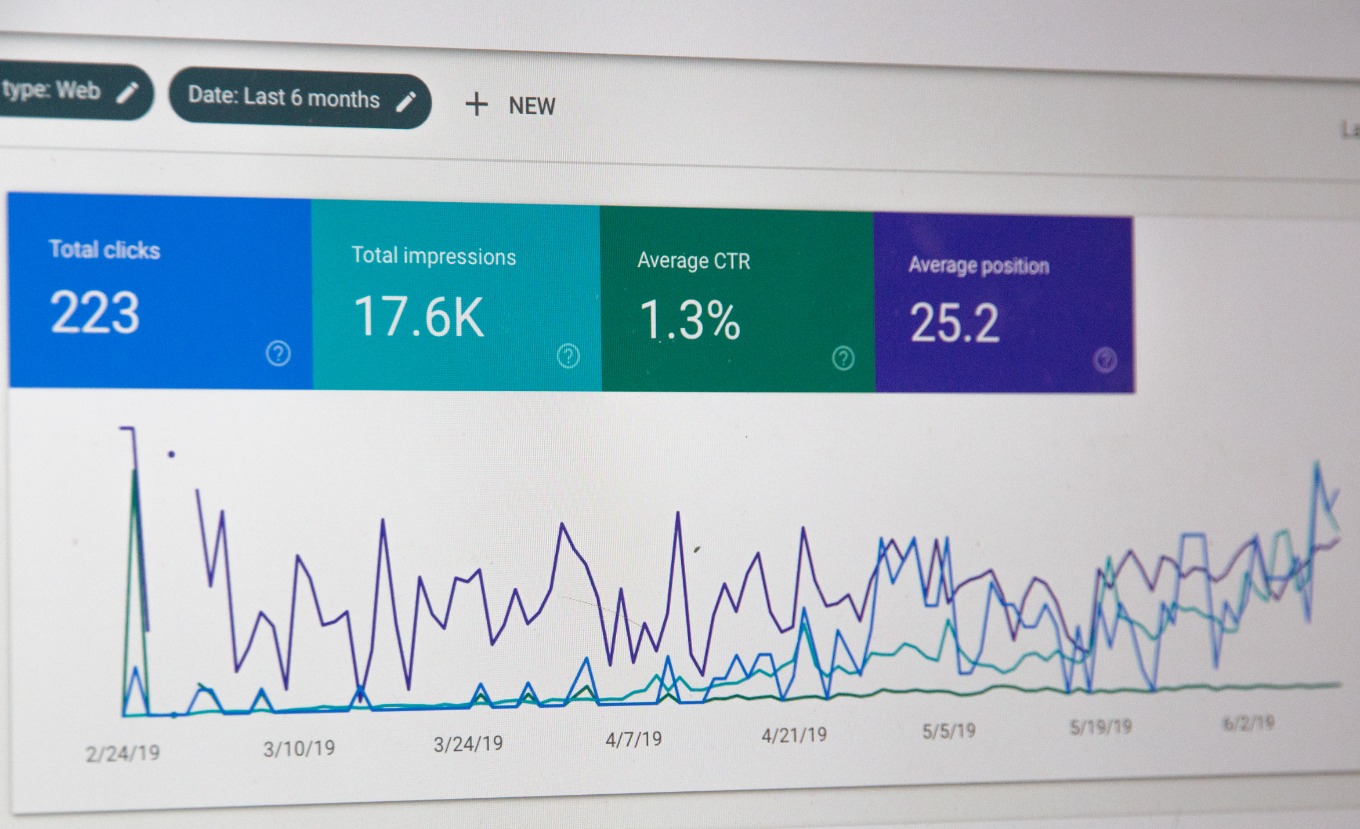Nanny Placement Agencies Industry Report: Key Findings and Essential Insights
In the vast and varied labor market, the nanny placement industry forms a niche sector that has experienced dynamic shifts, nuanced trends, and intriguing economic implications. This article dives into the current state of the nanny placement agencies industry, and unearths key findings and essential insights that elucidate its intricate dynamics.
In the realm of labor economics, nanny placement agencies operate as intermediaries connecting families seeking childcare services with individuals providing them, thus playing a crucial role in efficiently allocating resources. Through rigorous screening processes, these agencies ensure that caregivers meet specific standards, instilling a sense of trust and safety in the caregiving market.
Geographically, the industry is noticeably concentrated in urban and suburban locales, reflective of the higher demand for nanny services in these areas due to socio-economic factors. These include larger household incomes, dual-earning couples, and a greater number of households with children, each of which statistically increase the propensity to hire a nanny. The industry's geographic concentration can be modelled using the principles of the central place theory, which explains the location, size, and number of urban centers based on consumer behavior and market conditions.
From a temporal perspective, the demand for nanny placement services can be seen to fluctuate with the season, peaking during summer months - a trend that can be attributed to the end of the academic year and increased family travel. This cyclical nature of demand is indicative of the industry’s susceptibility to external influences, a feature that can be analyzed using the concept of business cycles in macroeconomics.
Technologically, the industry has embraced digital transformation, with many agencies offering online platforms that streamline the nanny selection process. However, a trade-off exists between the convenience of online platforms and the personalized service offered by traditional nanny placement agencies. From a game theory perspective, a Nash equilibrium can be identified where agencies balance their digital and personalized services to achieve the highest satisfaction level for both families and nannies.
One of the key findings of this industry report is the rising demand for specialized nanny services. This includes nannies with expertise in areas like early childhood education, special needs care, or multilingual capabilities. This trend can be explained through the lens of human capital theory, which holds that the economic value of an individual's skills and knowledge increases their earning potential and job opportunities.
This report also uncovers interesting demographic shifts in the sector. A greater number of men are entering the industry, challenging traditional gender norms around caregiving roles. Furthermore, there has been a significant increase in the number of older adults seeking nanny positions, a trend that can be analyzed using age-earnings profiles, which describe how an individual's earnings change over their lifetime.
Finally, the economics of the nanny placement agency industry operates within a broader socio-legal framework. Regulations around immigration and labor laws exert an important influence on the industry, shaping both the supply and demand sides of the market. For example, changes in immigration policies can impact the availability of foreign-born nannies, while modifications in labor laws may influence the costs associated with hiring a nanny.
In conclusion, the nanny placement agency industry is a fascinating microcosm of larger economic, social, and legal trends. A deep understanding of these complexities can provide invaluable insights for industry practitioners, policymakers and families alike. As the industry evolves, it will be interesting to witness how these dynamics shape its trajectory.
["From a temporal perspective, the demand for nanny placement services can be seen to fluctuate with the season, peaking during summer months - a trend that can be attributed to the end of the academic year and increased family travel."]






